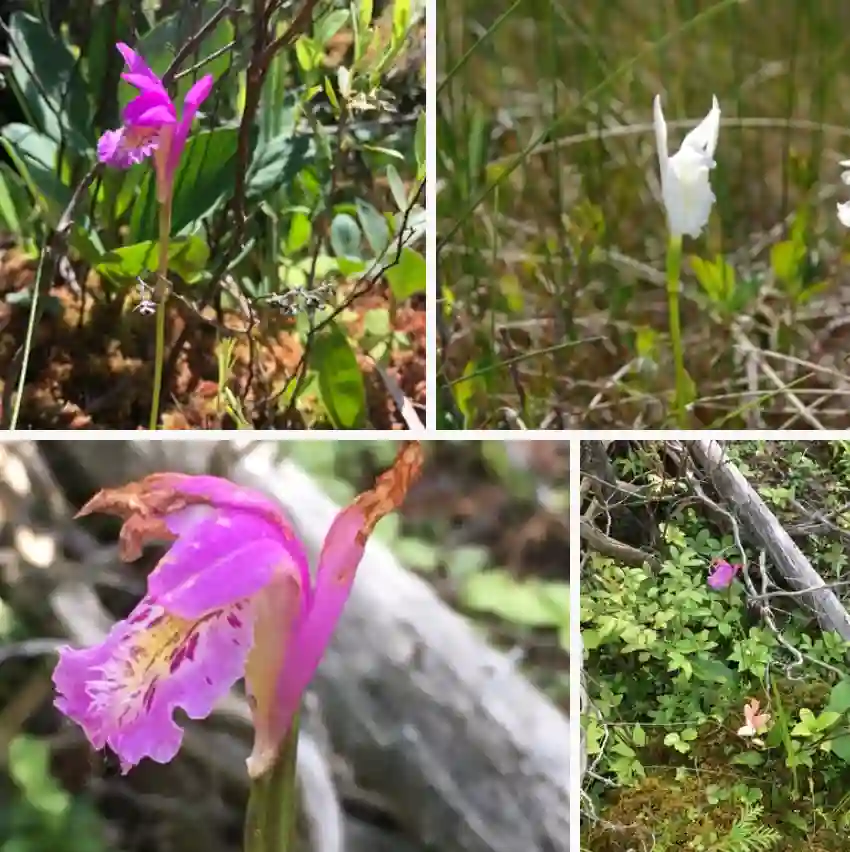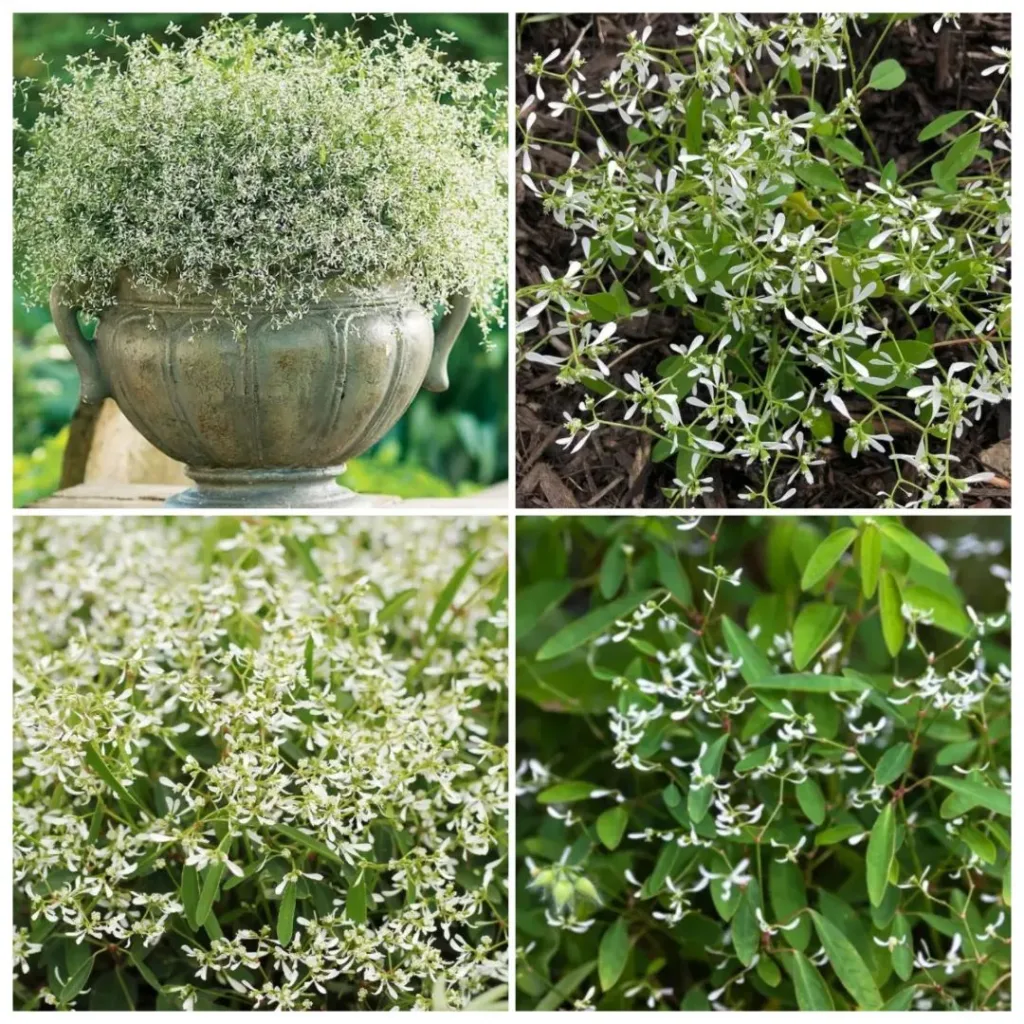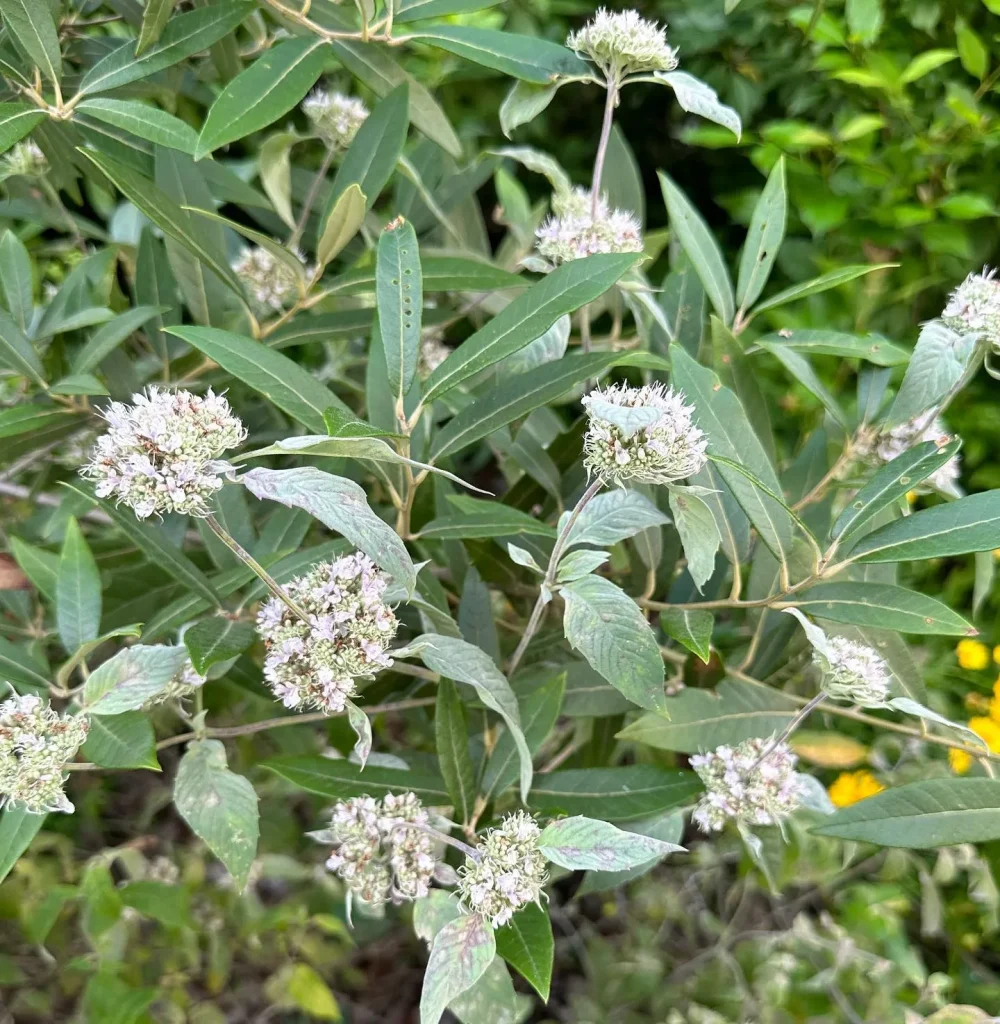Exploring the Himantandraceae Family and Its Unique Genus: Galbulimima
As a passionate plant enthusiast, I have always found myself fascinated by the diversity of plant families in our natural world. One such family that has captured my interest is the Himantandraceae family. Within this family, the genus Galbulimima stands out for its unique characteristics and ecological significance. In this article, I will delve into the features of the Himantandraceae family, focusing on Galbulimima and sharing my personal insights and experiences.
What is the Himantandraceae Family?
The Himantandraceae family is a small group of flowering plants, primarily consisting of tropical trees and shrubs. Found mainly in Southeast Asia and the Pacific Islands, this family has a limited number of genera. The plants in this family are known for their distinctive flowers and unique fruit structures, which play essential roles in their ecosystems.
While the family itself is not as well-known as others, I believe it holds great importance in biodiversity and ecological research. The Himantandraceae family has intrigued botanists and ecologists alike due to its unique adaptations and evolutionary traits.
Introducing the Genus Galbulimima
Within the Himantandraceae family, Galbulimima is the most recognized genus. This genus comprises several species of trees and shrubs that thrive in tropical environments. What strikes me about Galbulimima is its striking flowers, which can vary in color and shape, often attracting a range of pollinators.
One of the most well-known species is Galbulimima belgraveana, commonly found in New Guinea. This tree features beautiful yellow to cream-colored flowers that emit a sweet fragrance. I have had the pleasure of witnessing these flowers in bloom during my travels in the region, and the sight is truly breathtaking.
Characteristics of Galbulimima
Morphological Features
Galbulimima species exhibit several unique morphological features. The leaves are typically large, leathery, and glossy, contributing to their tropical allure. The flowers are often arranged in clusters, making them visually striking and highly attractive to various pollinators, including bees and butterflies.
One aspect of Galbulimima that particularly interests me is its fruit structure. The fruit is usually a drupe, which develops into a fleshy and colorful structure, enticing birds and other animals to disperse the seeds. This mutualistic relationship with animals is vital for the plant’s reproduction and survival.
Ecological Significance
The ecological significance of Galbulimima cannot be overstated. These plants play a crucial role in their ecosystems by providing food and habitat for numerous species. The flowers attract pollinators, while the fruits serve as a food source for birds and mammals. In my own garden, I have found that planting native species like Galbulimima can enhance biodiversity, creating a welcoming environment for local wildlife.
Cultivation and Care of Galbulimima
While I’ve never personally attempted to cultivate Galbulimima, I’ve done some research and gathered insights from experienced horticulturists. These plants thrive in well-draining, nutrient-rich soils and prefer partial to full sunlight. Regular watering is essential, especially during dry periods, to keep them healthy and promote growth.
One challenge with growing Galbulimima is that they can be sensitive to frost, which makes them more suited for tropical and subtropical climates. However, with the right care, these plants can be cultivated in warmer regions, adding a touch of exotic beauty to any garden.
Conservation and Threats
Like many plant species, Galbulimima faces threats from habitat loss and environmental changes. Deforestation and land conversion for agriculture pose significant risks to their natural habitats. As a conservation enthusiast, I believe it’s essential to raise awareness about the importance of preserving these unique plants and their ecosystems.
Engaging in sustainable practices and supporting conservation efforts can make a difference in protecting Galbulimima and other species within the Himantandraceae family. It’s crucial for plant lovers and enthusiasts to advocate for the preservation of biodiversity.
Conclusion: A Personal Reflection
In my journey as a plant lover, exploring the Himantandraceae family and the Galbulimima genus has been a rewarding experience. The beauty and ecological significance of these plants inspire me to appreciate the diversity of our natural world. Whether it’s witnessing the fragrant flowers of Galbulimima in bloom or understanding their role in their ecosystems, each aspect contributes to the rich tapestry of life.
I encourage fellow plant enthusiasts to learn more about this fascinating family and its unique genera. Together, we can contribute to the appreciation and preservation of the incredible diversity that nature has to offer.
If i die, water my plants!



